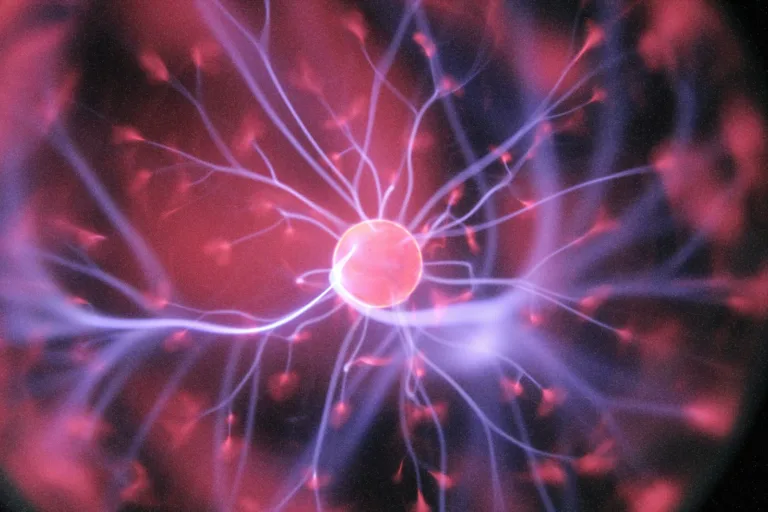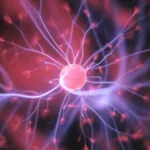A blood clot is a mass of blood cells and blood clotting proteins that forms when bleeding is stopped. While blood clots are a normal and important part of the body’s healing process, they can also be dangerous if they form in the wrong place or if they are too large. Here are 15 signs of a blood clot that you should never ignore:
- Swelling: Swelling in one leg or arm can be a sign of a blood clot, particularly if it is accompanied by pain or tenderness.
- Redness or warmth: If a blood clot is present, the affected area may be red or warm to the touch.
- Pain: Pain or tenderness in the affected area can also be a sign of a blood clot.
- Shortness of breath: If you have a blood clot in your lungs, you may experience shortness of breath or difficulty breathing.
- Chest pain: Chest pain or discomfort can be a sign of a blood clot in the lungs.
- Rapid heartbeat: A rapid or irregular heartbeat can be a sign of a blood clot in the lungs or heart.
- Cough: A persistent or productive cough can be a sign of a blood clot in the lungs.
- Headache: A severe or sudden headache can be a sign of a blood clot in the brain.
- Weakness or numbness: Weakness or numbness in the face, arm, or leg can be a sign of a blood clot in the brain or a stroke.
- Confusion: Confusion or difficulty speaking or understanding speech can be a sign of a blood clot in the brain or a stroke.
- Dizziness: Dizziness or a loss of balance can be a sign of a blood clot in the brain or a stroke.
- Vision problems: Sudden changes in vision, such as blurring or double vision, can be a sign of a blood clot in the brain or a stroke.
- Seizures: Seizures can be a sign of a blood clot in the brain or a stroke.
- Fainting: Fainting or loss of consciousness can be a sign of a blood clot in the brain or a stroke.
- Pain when swallowing: Pain or difficulty swallowing can be a sign of a blood clot in the throat or esophagus.
If you experience any of these signs of a blood clot, it is important to seek medical attention immediately. Blood clots can be life-threatening if they are not treated promptly, so it is important to act quickly if you are experiencing any of the above symptoms.
It is also important to be aware of any risk factors for blood clots, such as a family history of blood clots, a personal history of blood clots, certain medical conditions, and certain medications. If you are at an increased risk of blood clots, it is important to discuss this with your healthcare provider and take steps to reduce your risk.
By being aware of the signs of a blood clot and understanding your risk factors, you can help protect your health and get the treatment you need if a blood clot does occur. If you are experiencing any of the above symptoms or have any concerns about blood clots, it is important to speak with your healthcare provider as soon as possible.




























